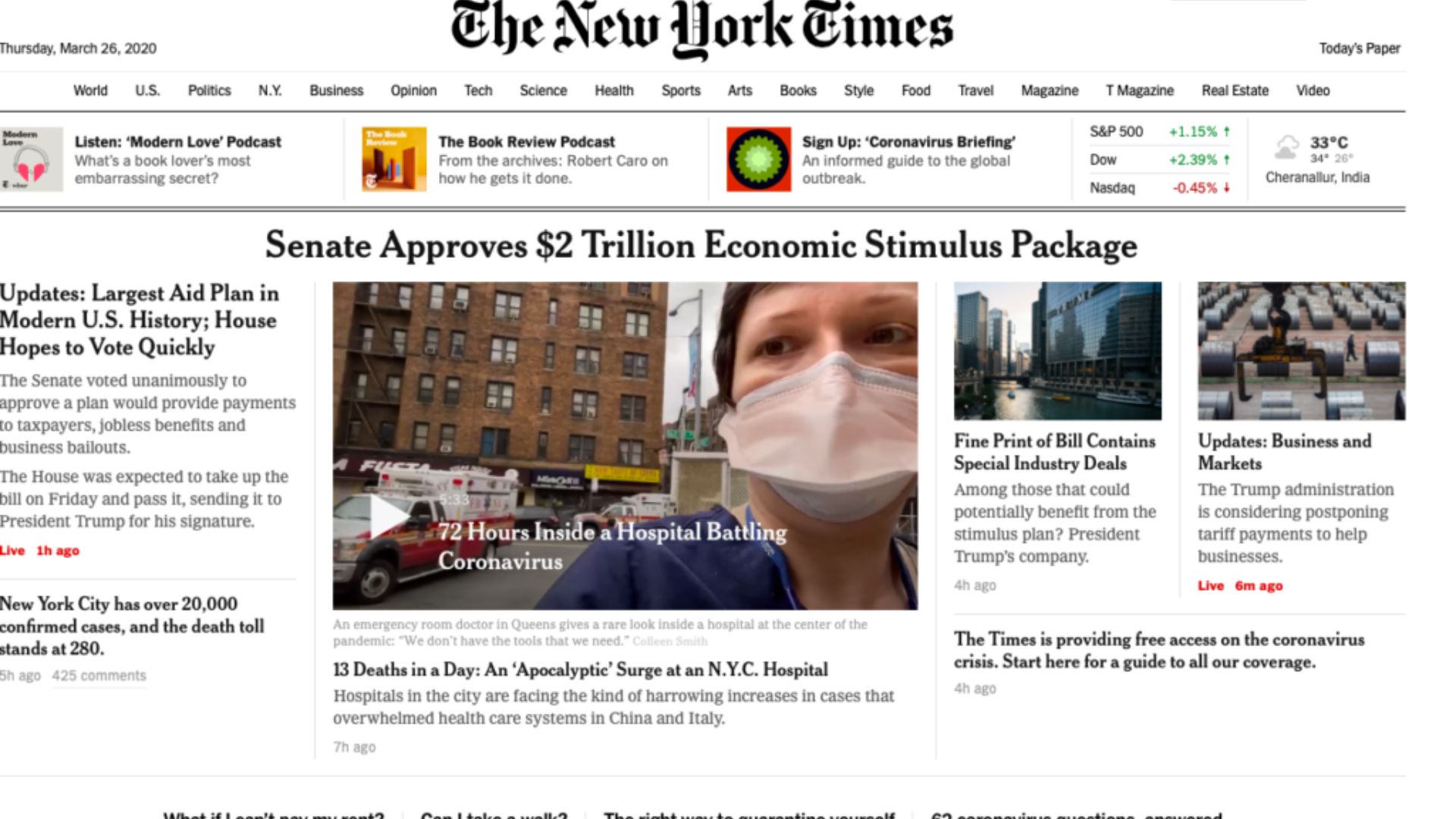Contrast is a crucial element in web design that has a significant impact on both aesthetics and visual accessibility. Here are some key points highlighting the importance of contrast in web design:
- Visual Hierarchy: Contrast helps establish a visual hierarchy on a web page by differentiating elements based on their importance. By using contrasting colors, text sizes, or font styles, designers can guide the user’s attention and make important information stand out. This enhances user experience and makes it easier for users to navigate and understand the content.
- Readability and Legibility: Contrast plays a vital role in improving the readability and legibility of web content. Proper contrast between text and background color ensures that text is easily distinguishable and readable, especially for people with visual impairments. Insufficient contrast, such as light text on a light background or vice versa, can strain the eyes and make it difficult for users to read the content.
- Accessibility Compliance: Contrast is a critical consideration when it comes to web accessibility compliance, particularly for individuals with visual impairments or color vision deficiencies. Standards such as the Web Content Accessibility Guidelines (WCAG) provide specific criteria for contrast ratios to ensure content is accessible to all users. Meeting these guidelines ensures that websites are inclusive and usable for a diverse range of individuals.
- Branding and Aesthetics: Contrast is instrumental in creating visually appealing and impactful web designs. Effective use of contrast can help establish a brand’s identity and differentiate it from competitors. By using contrasting colors, designers can create a visually striking and memorable website that aligns with the brand’s personality.
- Mobile and Responsive Design: With the increasing use of mobile devices, contrast becomes even more crucial to ensure readability on smaller screens. Proper contrast helps maintain legibility and usability, even on devices with varying screen sizes and resolutions. It ensures that the content remains clear and easily comprehensible across different devices.
It is important to note that when employing contrast, designers need to consider accessibility requirements and guidelines. Ensuring sufficient contrast between foreground and background elements, especially for text, enables users with visual impairments to access and understand the content effectively.
In summary, contrast in web design has a significant impact on both aesthetics and visual accessibility. It enhances visual hierarchy, readability, and legibility, while also complying with accessibility standards. By utilizing contrast effectively, designers can create visually engaging websites that are inclusive and accessible to all users.










